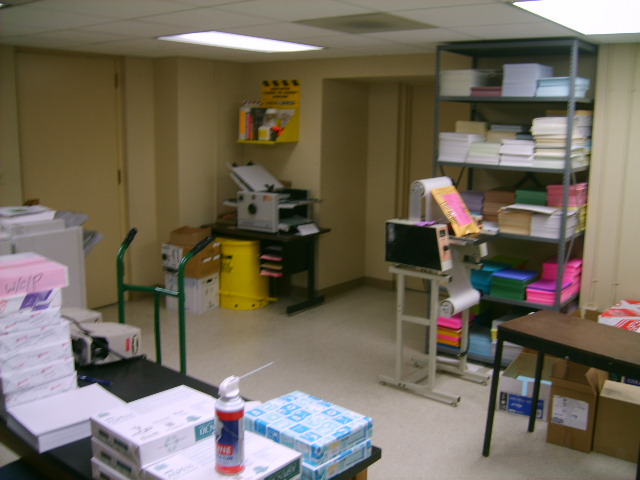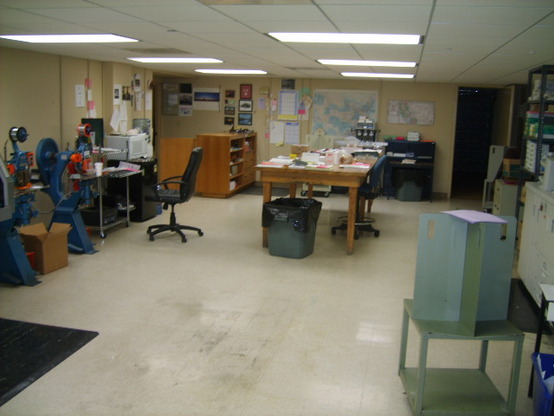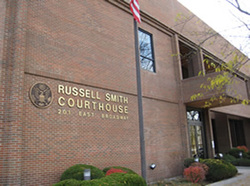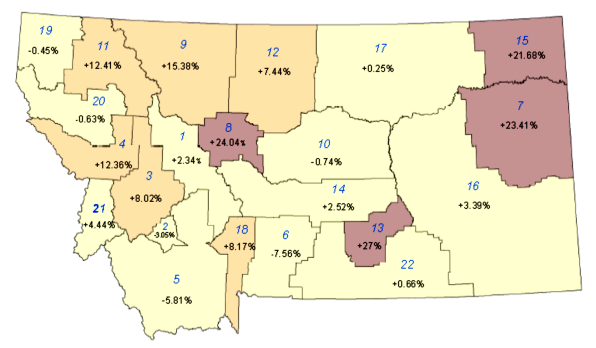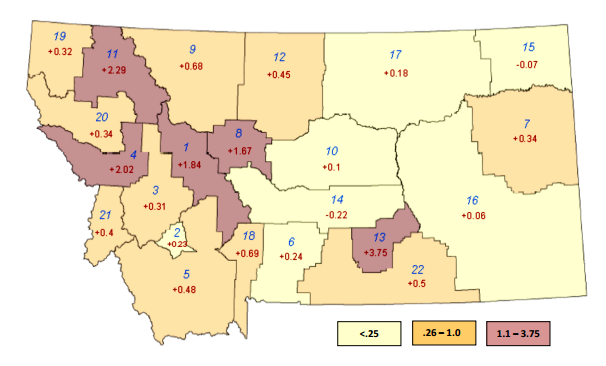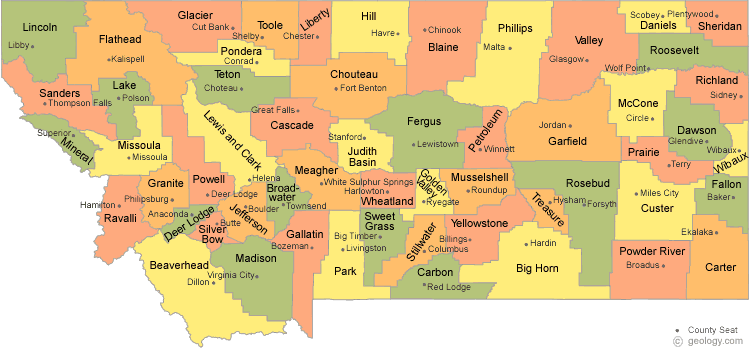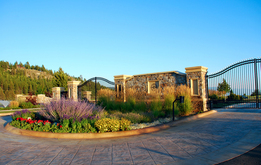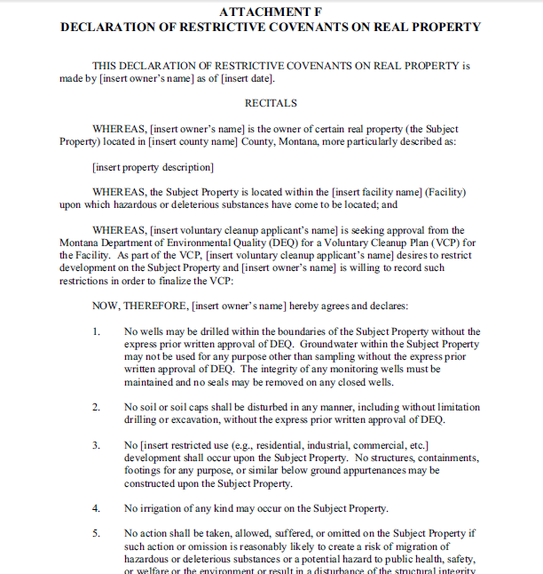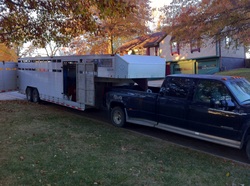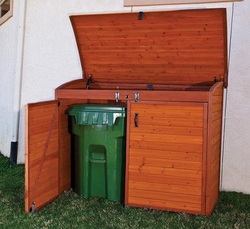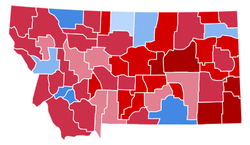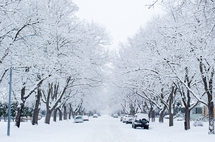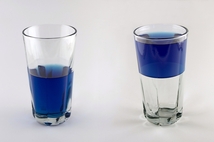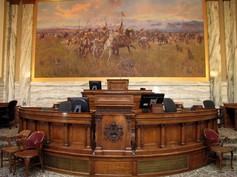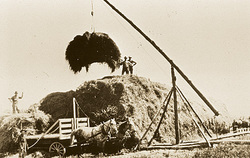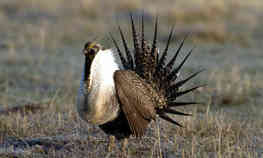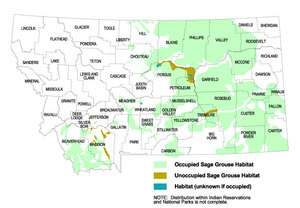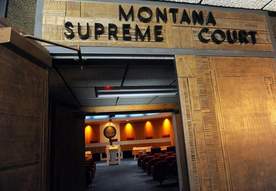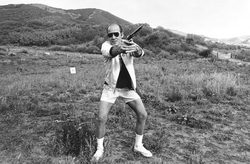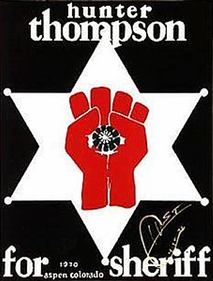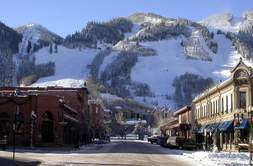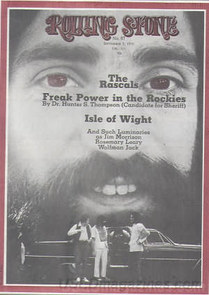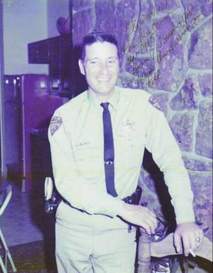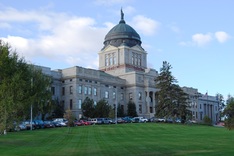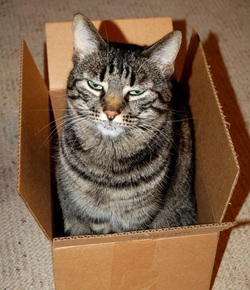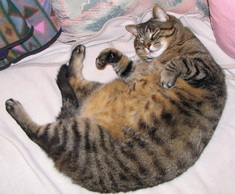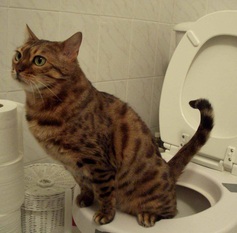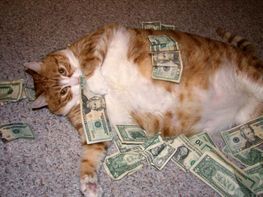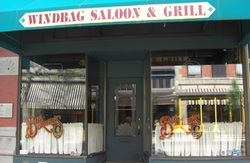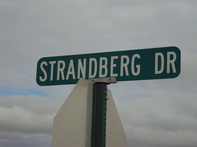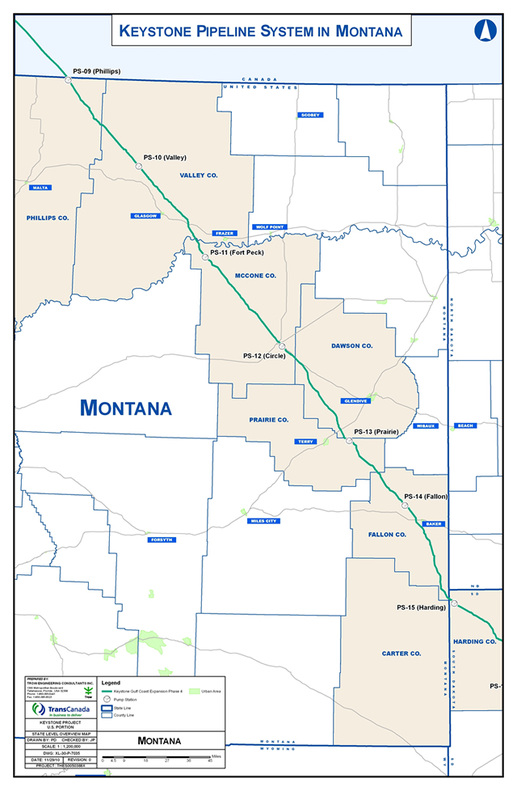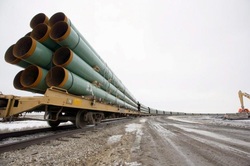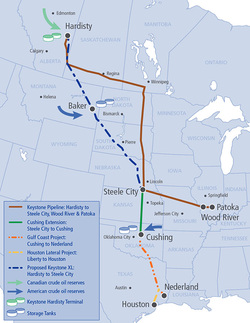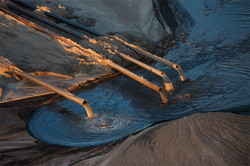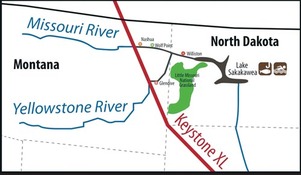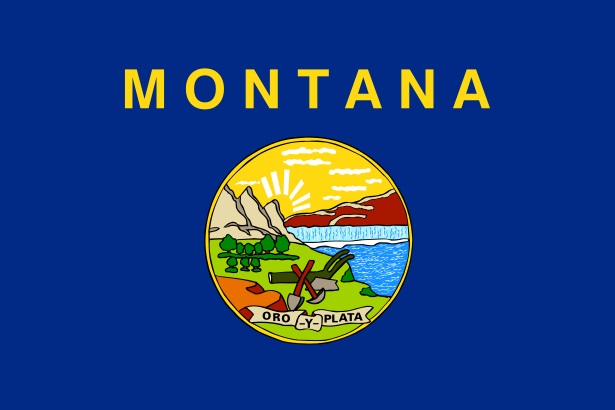 The Montana Capitol in 2001
The Montana Capitol in 2001 Well, not as a legislator, but as a low-level state flunky.
See, I printed the bills in the basement that the legislators were arguing over upstairs. Yeah, I ran a Hamada printing press.
I worked mornings and nights. In the afternoons I was working for the U.S. Fish and Wildlife Service when they were still located at 100 N. Park Ave. there in Helena.
I started working down in the capitol print shop around late November or early December, 2000. I’d work 4 hours in the morning and then head off to work 4 hours at the U.S. Fish and Wildlife Service in the afternoon. After that I’d come back to work in the capitol basement for another 4 hours or so – really, however long it took to get all the bills printed for the next morning.
I worked a lot that winter and spring of 2001, all the way up to April 20 when the session ended. I made a lot of money over those 4 months, mainly because I was working about 12 hours a day or so. I think I made like $12,000 something that year, which was exceptional for an 18-year old who’d only been out of high school for 6 months.
We had some interesting machines and some interesting people working down there that session, and I’ll try to fill you in on a little what happens underneath the Montana Capitol building when the legislature is in session.
The Day and Night Shift
I took some of these photos to give you an idea of what it looks like down there.
There’s always a need for colored paper in the legislature. First drafts of bills will be printed on one color, and each draft after that will be printed on another. Yellow, blue, pink, and green are the most common colors used, with white still making up the majority of the bills printed.
SB2, or HB2, or whatever the main budget bill is, will be printed dozens of times. That bill will go through just about every color down in the basement as it changes in committee meetings and floor debates. And it’s a big sucker, too!
Think about the amount of paper it takes to print a 50 to 100 page bill for each of the 150 legislators. While we don’t usually print many draft versions that many times, there’ll still be at least 30 to 40 copies of it run each time, if not more for the media and such.
That back table was always occupied by the few state workers we had sitting around reading magazines, and then there’s the main customer desk in the background there.
When the session’s going on, lots of lobbyists and Legislative Services folks will pop-in to get last minute copies and things. Sometimes legislators will drop down, but that’s pretty rare. One time we had Governor Marc Racicot’s mom down there, and I think she may have even brought cookies!
Interlake Stitchers
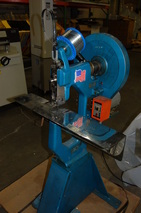 Stitcher
Stitcher Operating those machines, like many down in that basement, was monotonous and slow. You always knew when that machine was running, too – we’d usually hear a constant “ping, ping, ping” when someone had that puppy working.
Borg 24 Bin Sorter
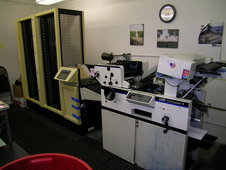 Borg 24 Bin
Borg 24 Bin I don’t think I ever operated this. When I was there we had several people that would do these smaller tasks, and just two people running the presses.
Multigraphics Plate Makers
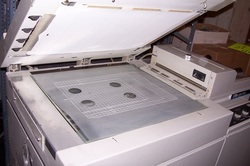 Multigraghics Plate Maker
Multigraghics Plate Maker We’d have these large rolls of purple “paper” the plates were made from, and those would be inserted into the side of the machine.
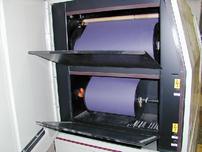
That machine would spit out this large purple copy with all this purple ink crap that got on your fingers. One bill might be 10 to 50 plates, depending on how many pages it was. And each of these plates was a good 1 x 1.5 feet or so.
Hamada Printing Press
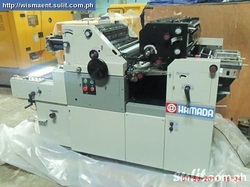 Hamada Printing Press
Hamada Printing Press How it would work is you’d put paper in one end, then put those purple plates up in that black top area there, and at the other end the printed paper would come out.
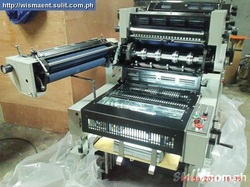 Paper board tray
Paper board tray When I had that sucker flying I could lower that tray far enough to get another ream of paper in there, all while the machine was spitting out plates and sucking in new ones. That was a window of about 10 seconds, but after awhile it just becomes a game to see if you can beat the machine. I rarely lost.
Cleaning the Legislative Presses
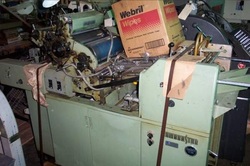
The worse was when a plate got sucked down into that bastard. At that point you’d have to shut everything down and get it, that’s if you were lucky to catch it.
Many times I had plates get sucked in there but I didn’t notice. Sometimes they’d start to come apart, the fibers getting into small pieces. When that happened you’d have to really take the machine apart and get all that out, really give it an extra cleaning for the week. That happened to me more times than I’d care to remember.
The machine would typically start to look like this, where you’ve got lots of junk sitting on there, ink everywhere, towels to clean it up, and hopefully a bottle of headache medicine nearby, ‘cause you ain’t going anywhere anytime soon!
The Attitude of Printers
You have to figure a lot of being a legislator is sitting around, waiting for others to tell you how to vote. Yeah, you think most legislators are going to know all the issues and where they stand on them? And staffs? Ha, this is a citizen legislature, folks – there are no staffs.
No, if it’s not you and your own homework then it’s lobbyists of some sort telling you how to vote. That or the party or fellow legislators that’ve taken the lead and can tell you.
Anyways, it don’t take a whole lot going on upstairs for a legislator to do that. You’ve all read the papers, you know the class of some of these folks that are elected – I’m not sure they’d even know that you could rub two sticks together to create a fire, let alone how.
The point is, most of the hard work is being done by others when it comes to a legislative session, and back in 2001, there were a lot of people working down in that capitol basement.
Overall I look back fondly at the time I worked down there. At the time I probably thought it sucked, but then I was working a lot that winter.
Like many old jobs, it might not have been as good as it seemed in hindsight. Will being a legislator be any better? I’m not sure, but I can’t help but feel I’ll duck down to the basement from time to time for a breath of fresh air.

